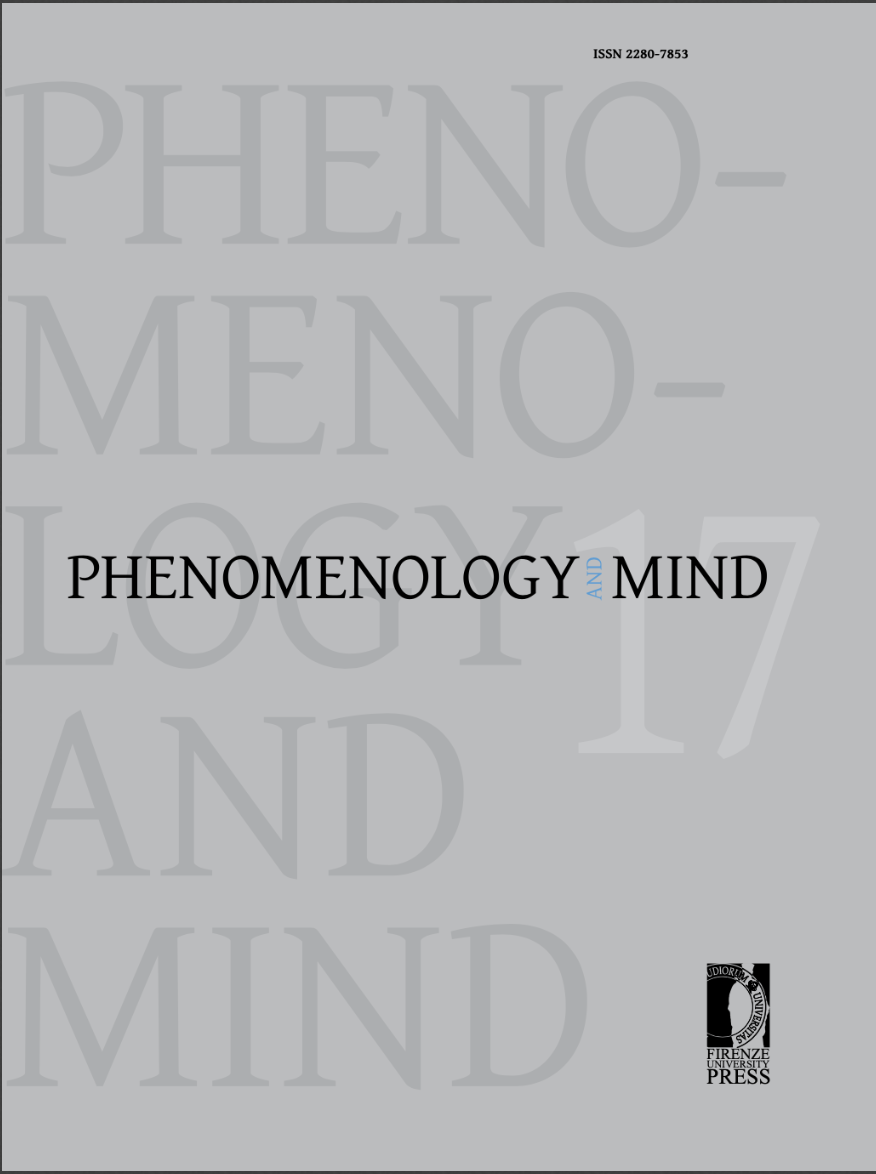Published 2016-11-26
Keywords
- occlusion,
- amodal completion,
- visualization
How to Cite
Abstract
Amodal completion typically occurs when we look at an object that is partially behind another object. Theorists often say that in such cases we are aware not only of the visible parts, but also, in some sense, of the occluded parts, because otherwise we could not have a perceptual experience of the object as continuing behind its occluder. Since no sense modality carries information about the occluded parts, this information is provided by other means. Amodal completion raises two questions. First, what is the mechanism involved? Second, what kind of experience do we have of the occluded parts? According to Nanay, the so-called Imagery Theory answers both questions. For this theory, information about the occluded parts is the product of a low level, vision specific, neural mechanism that takes place in the early vision processing areas of the brain. This mechanism provides a representation of the occluded parts and, as a result, the observer enjoys a quasi-sensory or quasi-perceptual conscious experience that is phenomenally similar to seeing those parts (as purportedly Perky has proved). In this paper I criticize Nanay’s answer to the second question.

